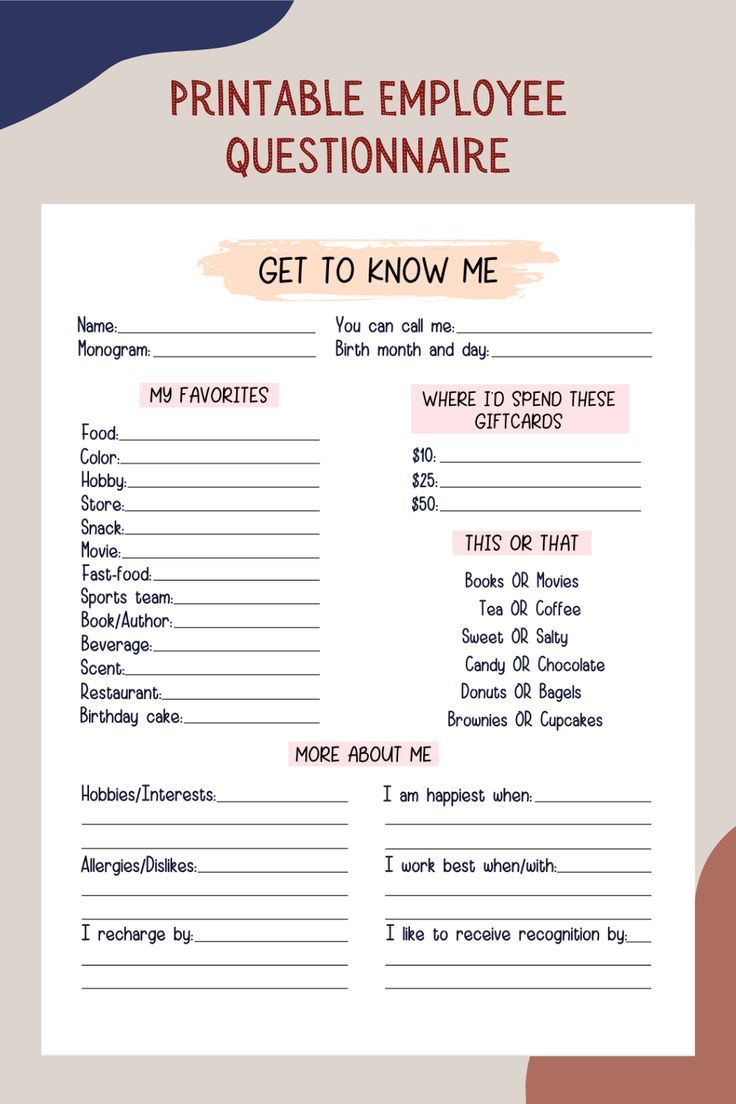5 Easy Ways to Send New Hire Paperwork to Employers

Starting a new job is an exciting but often daunting process, especially when it comes to managing paperwork. From tax forms to employee agreements, new hires need to ensure all documents are filled out correctly and sent promptly to their new employer. Today, technology offers several straightforward methods to make this process seamless and efficient. Here are five easy ways to send new hire paperwork to your new employers, ensuring everything kicks off smoothly in your professional journey.
1. Email

Perhaps the most straightforward and universally accessible method, email is an excellent way to send new hire paperwork:
- Prepare Documents: Compile all necessary documents into PDF or other compatible formats.
- Create Email: Draft an email to your employer or HR department. Include a clear subject line like “New Hire Paperwork for [Your Name].”
- Attach Files: Attach the documents to the email. If files are large, consider compressing them or using a file transfer service like Google Drive or Dropbox.
- Confirmation: Request confirmation that the documents have been received to avoid any misunderstandings.
Using email ensures that your documents can be reviewed at the employer’s convenience, and it provides a timestamp for tracking.
✉️ Note: Be sure to double-check the recipient's email address to avoid sending sensitive information to the wrong person.
2. Secure Online Portals

Many companies now use HRIS (Human Resource Information Systems) or secure online portals for managing employee paperwork:
- Access Portal: Log into the company-provided online portal.
- Upload Documents: Follow the instructions to upload your documents directly into the portal’s interface.
- Security: Portals often have high security standards, ensuring your documents are handled safely.
🔐 Note: Keep your login credentials secure and avoid sharing them. Only use official company-provided portals to upload documents.
3. Physical Mail

While it’s less common in the digital age, some documents might need to be sent via physical mail:
- Gather Documents: Prepare all paperwork in hard copy.
- Use Certified Mail: For sensitive documents, use certified or registered mail to ensure delivery and for tracking purposes.
- Envelope: Use an appropriately sized envelope and clearly label the mailing address with “Confidential” if needed.
Physical mail can be useful for original signatures or notarized documents, although it is slower than digital methods.
4. Electronic Signature Services

Services like DocuSign or Adobe Sign provide a secure way to sign and send documents:
- Choose Service: Use the electronic signature service recommended by your employer or choose a reputable one.
- Sign Documents: Follow the platform’s instructions to sign the documents electronically.
- Send: After signing, the service can send the documents directly to your employer, often with features like encrypted delivery and tracking.
This method is not only eco-friendly but also reduces the time from signing to delivery significantly.
5. In-Person Delivery

If possible, handing over documents in person can be the most secure method:
- Appointments: Set up a time to meet with HR or your direct manager to drop off the paperwork.
- Documentation: Bring all signed documents in a folder or envelope, clearly labeled.
- Confirmation: Ask for a receipt or acknowledgment of receipt when you hand over the documents.
In-person delivery allows for immediate clarification of any issues or questions, fostering a more personal touch in your initial interactions with your new workplace.
To recap, each method of sending new hire paperwork has its advantages. Email is fast and accessible, secure online portals ensure high privacy, physical mail is great for official documents, electronic signatures save time, and in-person delivery offers direct interaction. Depending on your employer's preferences and the nature of the documents, you can choose the method that best suits your situation. Remember, the key is to ensure that your paperwork is correctly filled, securely delivered, and promptly received, setting a professional tone for your employment journey.
What happens if my employer does not receive my paperwork?

+
If your employer does not receive your paperwork, you should follow up with them. Ask for confirmation of receipt or resend the documents. It’s important to ensure they have all necessary paperwork before you start work to avoid any delays in your onboarding.
Can I use multiple methods to send my paperwork?

+
Yes, using multiple methods can provide backup in case one fails. For example, you could email the documents and follow up with in-person delivery or use an electronic signature service alongside secure portals.
Are there any documents that must be sent in a specific way?

+
Some documents like I-9 forms might require physical signatures or notarization, necessitating in-person delivery or certified mail. Always check with your employer or HR for specific instructions on sensitive or legal documents.



